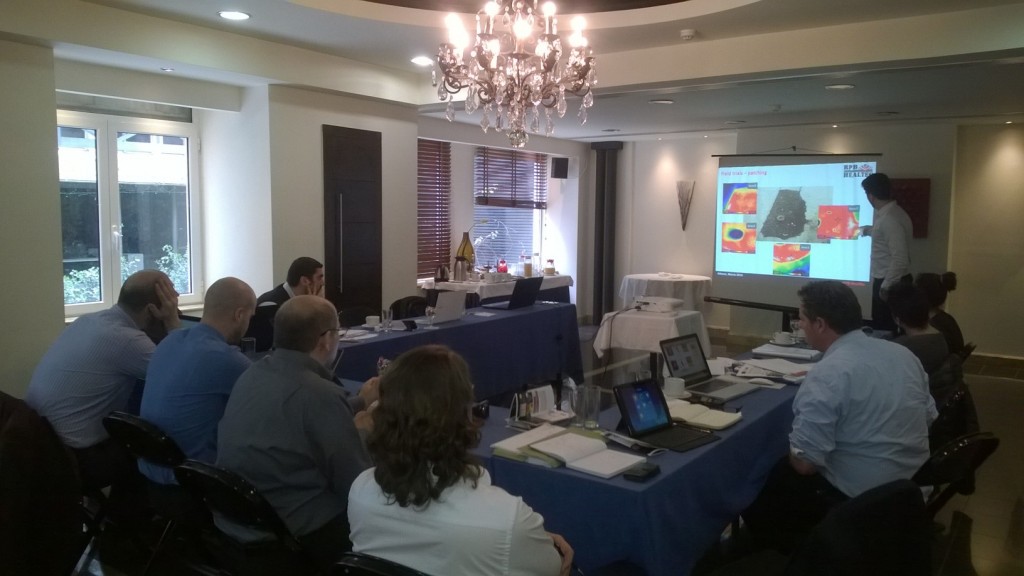17th March 2015
 The RBP Healtec project, funded by the European Commission, aims to develop a vehicle mounted non-destructive system capable of detecting pavement defects, in real time, removing the need for traffic management.
The RBP Healtec project, funded by the European Commission, aims to develop a vehicle mounted non-destructive system capable of detecting pavement defects, in real time, removing the need for traffic management.
To achieve this aim the European partners are investigating how three non-destructive testing (NDT) techniques can be integrated into a single system capable of locating defects at speeds of up to 40 mph. Precision location tracking hardware and software will ensure that all data can be viewed ‘live’ for early detection.
A range of surface and sub-surface defects are expected to be located by the RBP Healtec system and this technical meeting focused on the research carried out to determine the suitability of the selected techniques.
Early results are promising! One of the three techniques has been used to assess pavement construction and condition at traffic speed for several years, and the proof of concept presented at the meeting justified its selection.
The other two techniques, Thermography and Air Coupled Ultrasonics, may be less familiar to pavement engineers but successful early trials presented encouraging data.
The next stage of the project will establish the design and construction requirements for a prototype collection platform along with the required fusion software to combine all data sets.
The meeting concluded with an agreement that given the successes achieved so far promotion of the RBP Healtec system should be implemented, and the next meeting has been scheduled for the end of May.
The meeting was attended by Met Geo’s Director of Operations [Geophysics and Utility Mapping], Sam Roberts, and Project Manager, Stephen Twist.
For further details visit www.fp7-rpbhealtec.org



